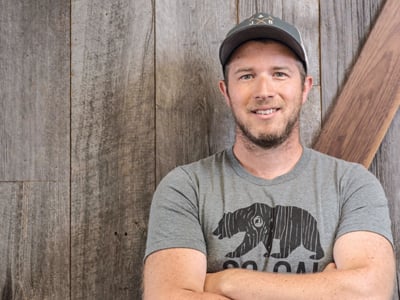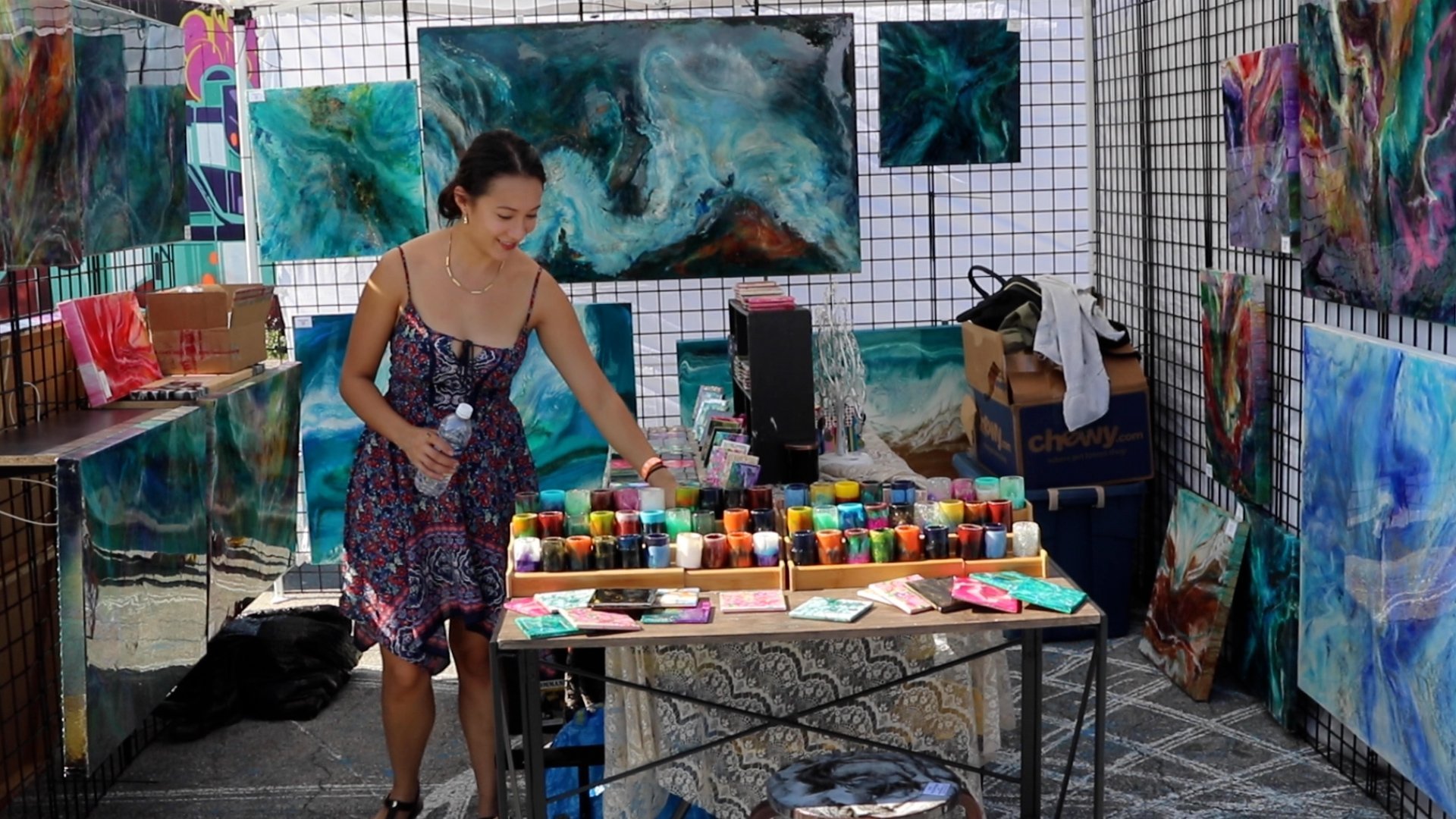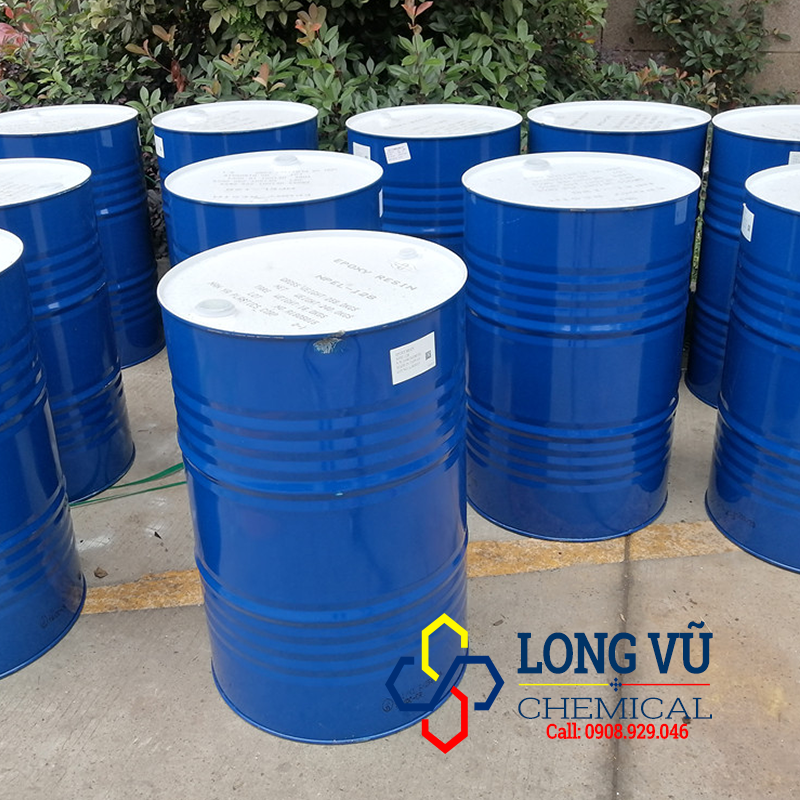HƯỚNG DẪN CÁCH HOÀN THIỆN BÀN RESIN
Once our table top is removed from the form, we use one of 3 methods to flatten the table top:
1) Use a CNC. This works best for larger pieces like dining tables and is likely the most expensive method unless you have your own CNC.
2) Use a Planer. This method is fairly quick and acheivable since most shops will have a Planer. The down side is that you are limited to the size of your planer. This method will likely work for coffee tables and smaller pieces.
3) Use a Router Sled. A Router sled is the most economical way to DIY if you don't have a CNC.
-
After your piece has been flattened using one of the 3 steps above, we sand our work piece at:
60, 80, 100, 120, 150 and 180 grit.
We water pop between grits to raise the grain which results in a smoother finish.
-
Once sanded up to 180 grit, we apply a coat of Rubio Monocoat USA 2C oil. In the beginning of this video we are applying the "Castle Brown" which will darken the wood. We normally wouldn't use the "Castle Brown" if the river was any other colour, other than black. The "Castle Brown" will effect the coolour of the epoxy (Especially the lighter epoxy colours including clear pours).
-
We normally use Rubio Monocoat USA "Pure". That is our go-to finish for 99% of our tables considering it leaves the wood looking natural and doesn't effect the colour of the river.
-
In the second half of this video, we are applying Rubio Monocoat USA "Universal Maintenance Oil". The " Universal Maintenance Oil" is a great way to add a little bit of sheen to your table top. We use a #0000 White Pad to apply the "Universal Maintenance Oil" and wipe off the excess with a shop towel or Terry Cloth.









